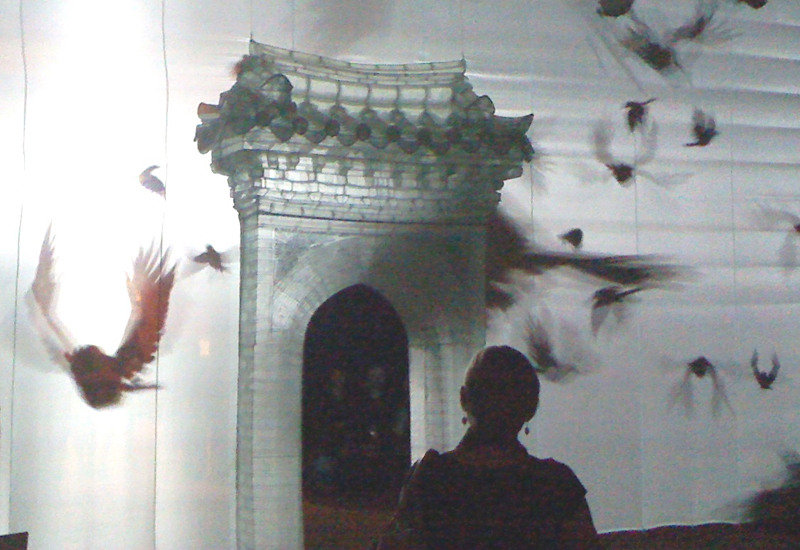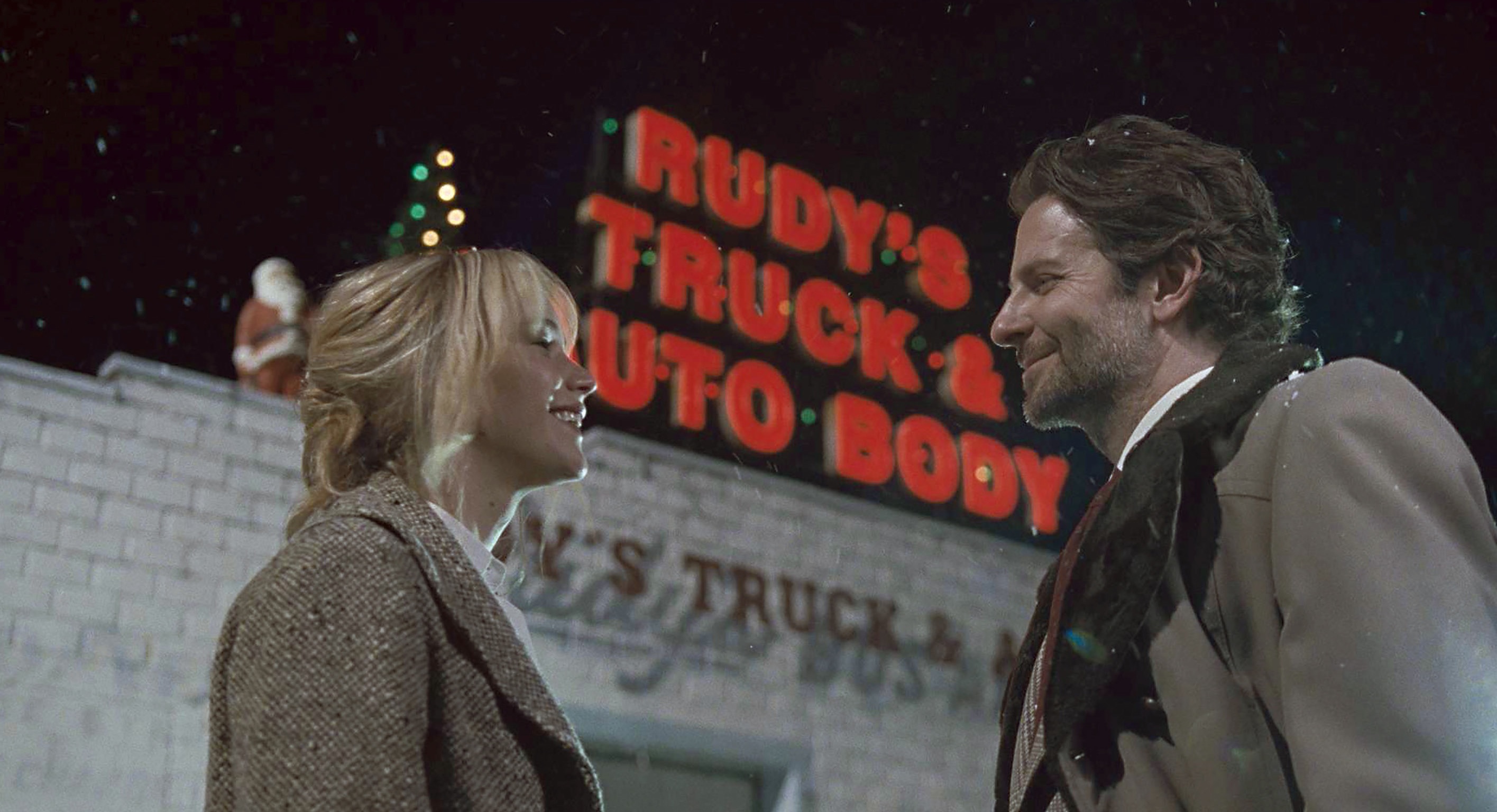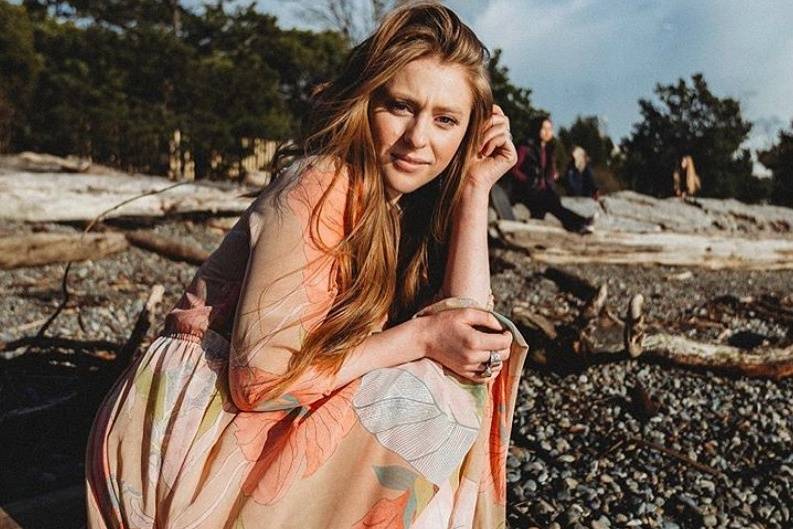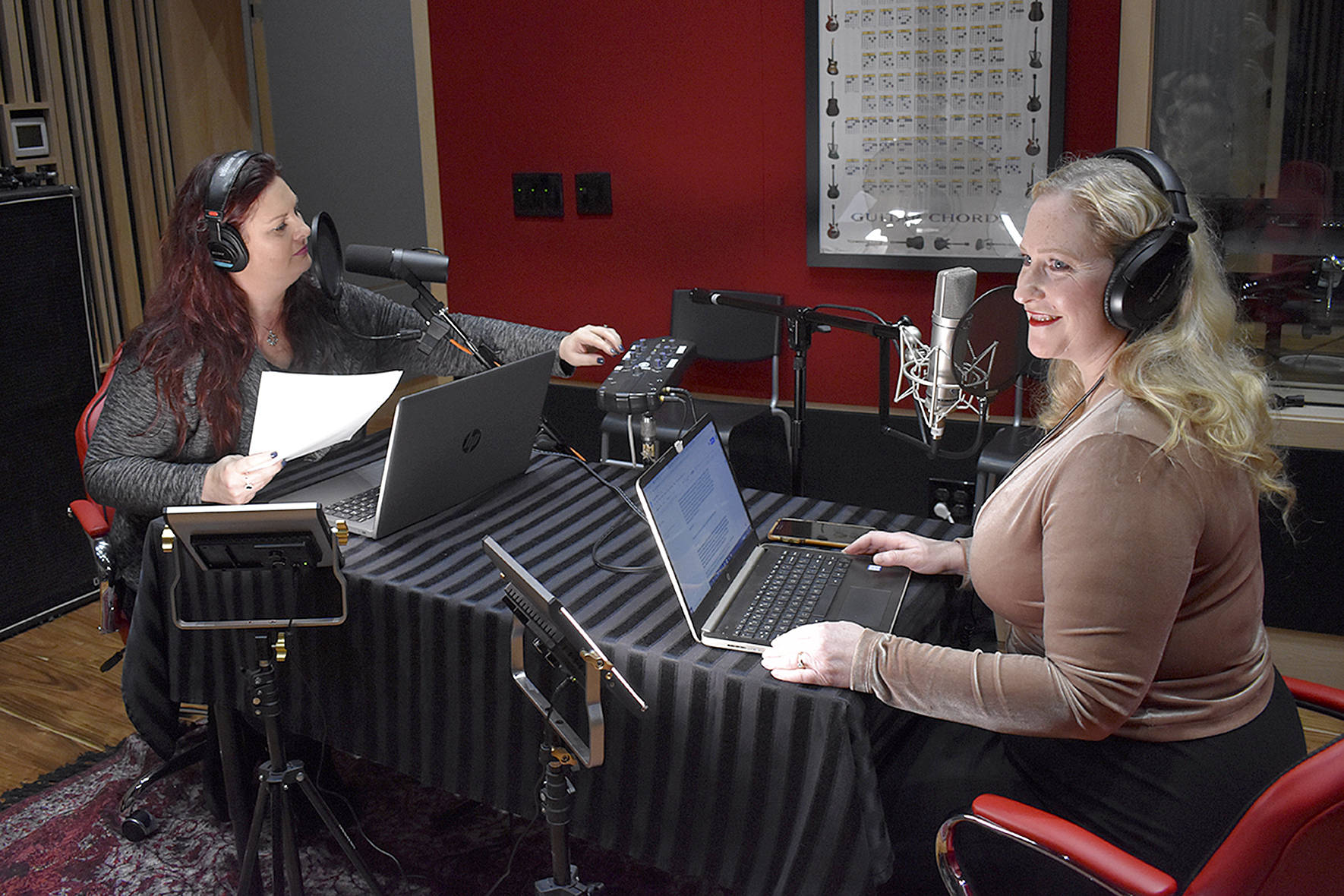Hey, wait a minute; did I wander into the wrong museum? Up the escalators, past Cai Guo-Qiang’s nine LED-pierced Ford Tauruses suspended from the ceiling, and into SAM’s new fall show, I had the distinct impression I was on Capitol Hill instead. There, in the recent (1912) Volunteer Park, housed in Seattle’s brand-new art museum, an exhibition of Asian art would have seemed cutting-edge, almost trendy, when it opened its doors in 1933. No Old Masters, no Old Europe, no Tuscan castles, no Renaissance portraits or faded medieval tapestries. Instead we have scrolls in languages we don’t understand, delicate china tea services for a beverage we don’t drink, icons to gods we don’t worship, and silken kimonos we could never wear outside a costume party (this being 1933 and all). What is this . . . art from the colonies? From the land of the coolies who built our railroads and today wash our laundry down in Japantown?
The challenge for the handsomely mounted historical survey show Luminous: The Art of Asia is to pep up these selections from the vaults of SAAM, to blow off some of the dust of history and familiarity. Because what was new to SAM’s founder and chief benefactor, Richard E. Fuller (1897–1976), ain’t so new to us today. The old SAM in Volunteer Park, now the Seattle Asian Art Museum, was created in part to house the donated works that Fuller and his wealthy family had collected during their world travels. A 1919 visit to Japan made a particular impression on the young Fuller, who trained as a geologist at Yale, then relocated to Seattle, where he also taught at the UW. The transplanted Fuller family was part of the city’s same early arts-patron class that included the Henrys and the Fryes.
Very prominent in “Luminous”—and featured prominently in the pop-up gift shop at the end of the exhibition (buy the holiday cards and scarves!)—is the 17th- century Japanese Edo-period Crows, an ink-and-gold series of 12 panel screens depicting 90 birds in raucous congress (a Fuller acquisition). Presented in two sections of six panels, both about 60 inches high, it has long been one of my favorite works at SAM (or SAAM, if you prefer). If I could steal away Hammering Man at midnight with a giant crane (later to deposit it at the Olympic Sculpture Park, where it more properly belongs, preferably facing the Western Avenue trench), I’d replace it with one of these giant, black, brazen, flapping corvids. (Instead of Hammering Man, I’d call it Hectoring Crow.) Whether you consider them pests, rogues, or a canny urban cohort to our daily follies (plucking up our trash from Stone Age scraps to McDonald’s wrappers), these crows bound rudely across time. Ancient, modern . . . they couldn’t care less. Like jesters, they mock the niceties and order of our recent civilization.
And boundary-hopping is the conceit to “Luminous,” which organizes about 5,000 years of history from a dozen countries by, well, disorganizing it. There’s no convenient timeline, no neat procession from Yuan to Ming dynasties, no national maps or chronological path to follow from gallery to gallery. SAM curator Catherine Roche says her structuring motif here is one of passageways and fluidity, and the show’s sole new commissioned work, by Korean-American artist Do-Ho Suh, makes the metaphor both concrete and ephemeral.
In a doorway leading to the Edo Crows, Suh’s Gate is a ceiling-height sewn-silk replica of a stone gateway back in his Korean home village. The form is ancient and solid, but the execution translucent and new. Videos and animation can be viewed from either side of the screen, which has a portal in its center that leads visitors to the Crows. And, appropriately, an animated flock of crows bursts into the sky on Suh’s elegant scrim; it’s a contemplative scene suddenly interrupted.
In the same way, the 160 objects from Kashmir to Korea are encountered like disparate morsels in one big stewpot. Ceramics next to knives, Japanese landscapes next to Mughal palace scenes, crude wooden Filipino benches next to plum-blossom Chinese bowls, Buddha next to Krishna, sweet next to sour . . . you get the idea.
Apart from Suh’s creation, there’s nothing particularly novel or exciting in “Luminous,” which is kind of a placeholder before the big touring Gauguin show arrives in February. But if you need some gift cards for the holidays, it’s just the place to visit.








